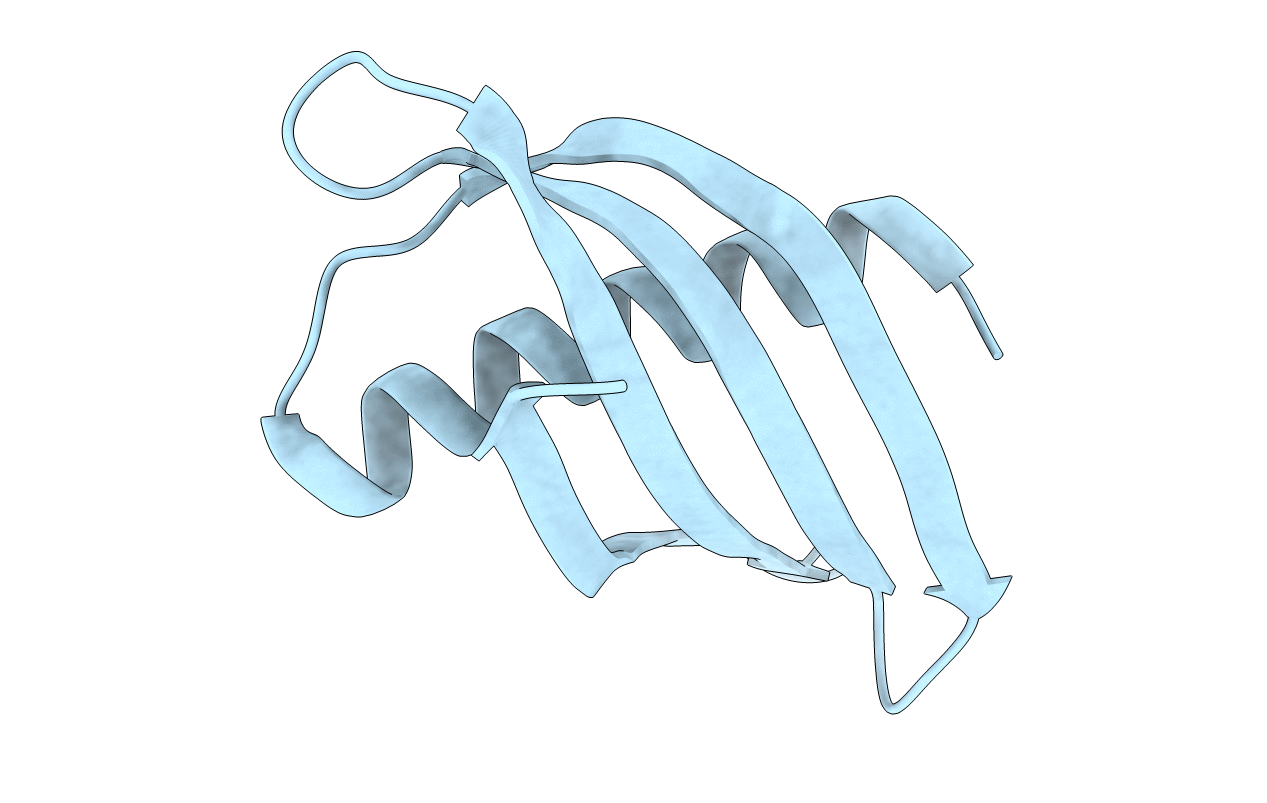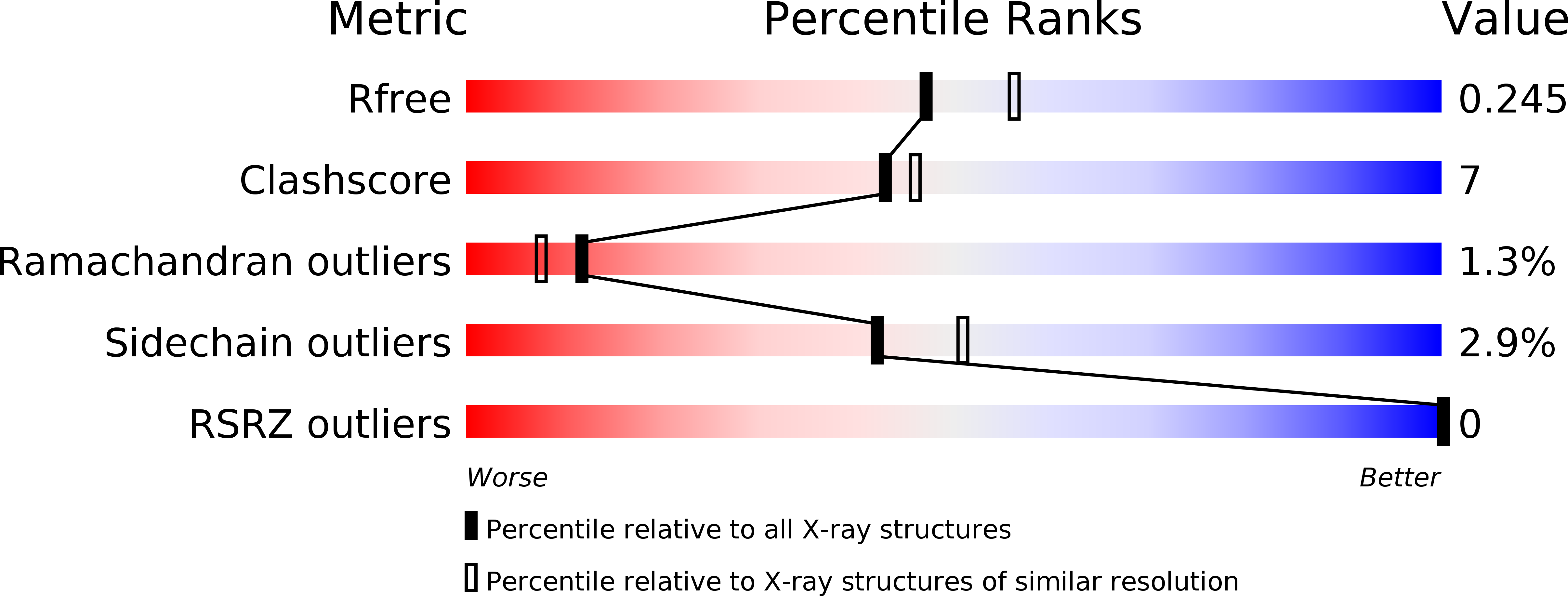
Deposition Date
2013-10-14
Release Date
2014-04-09
Last Version Date
2024-02-28
Entry Detail
PDB ID:
4N6U
Keywords:
Title:
Adhiron: a stable and versatile peptide display scaffold - truncated adhiron
Biological Source:
Source Organism:
ARTIFICIAL GENE (Taxon ID: 32630)
Host Organism:
Method Details:
Experimental Method:
Resolution:
2.25 Å
R-Value Free:
0.24
R-Value Work:
0.18
R-Value Observed:
0.18
Space Group:
P 41


